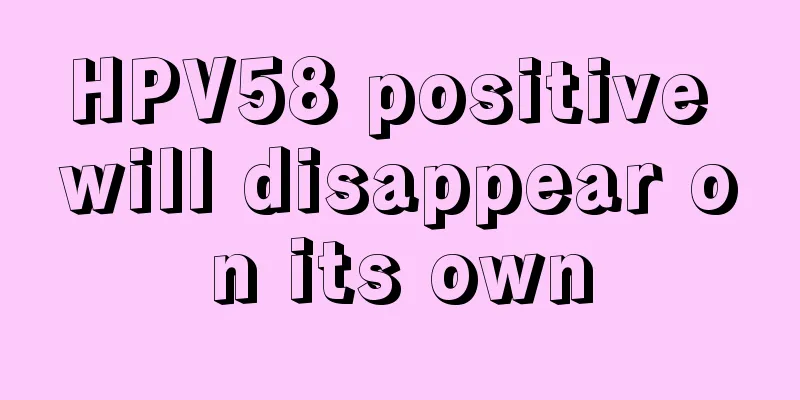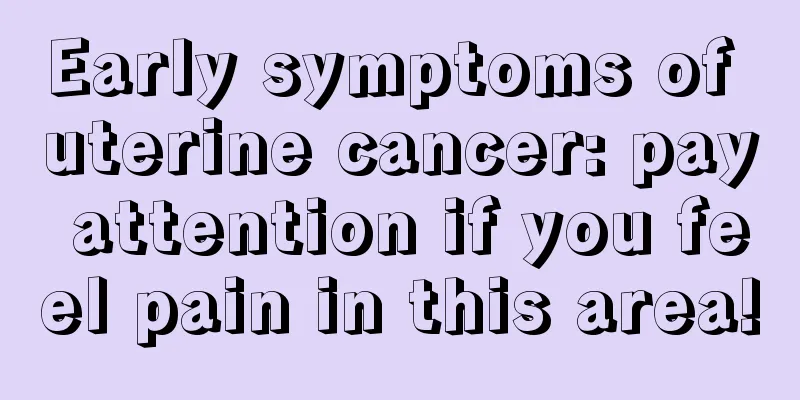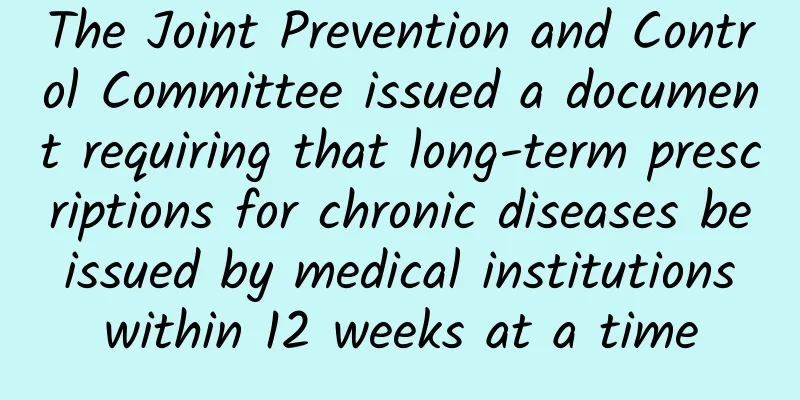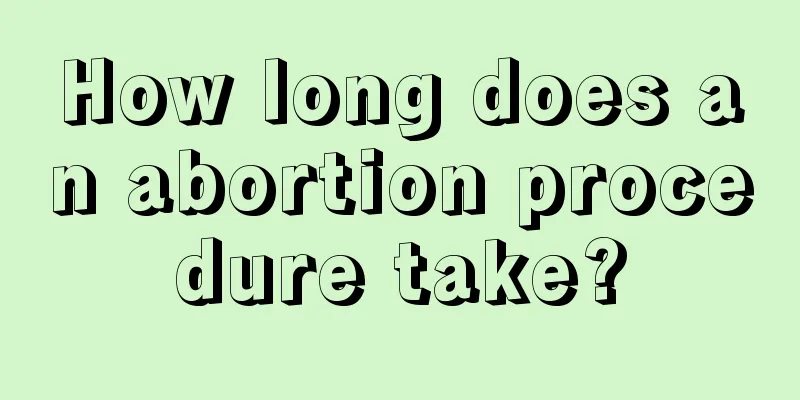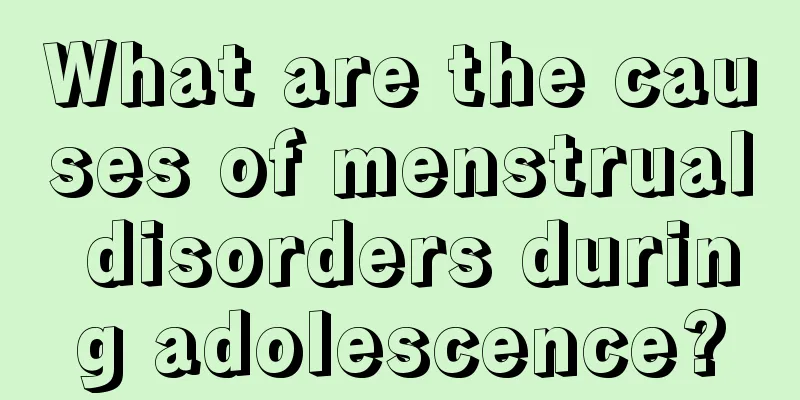What to do if there are too many follicles

|
We all know that a woman's uterus is used for conception, and the eggs needed for conception are released by the woman's ovaries. However, not every egg released can combine with the male sperm, so the female menstrual cycle is calculated as a safe period and an ovulation period. The eggs released during the ovulation period are very easy to conceive, but some people will be found through examination that the number of follicles released is large. So what should we do if we have too many follicles? Conception is a complex physiological process that requires the following conditions: 1. The ovaries release normal eggs; 2. The semen is normal and contains normal sperm; 3. The egg and sperm can meet and combine in the fallopian tube to become a fertilized egg; 4. The fertilized egg is successfully transported into the uterine cavity; 5. The endometrium is fully prepared for the fertilized egg to implant. Any abnormality in these links can hinder conception. The reasons that hinder conception may lie with the woman, the man, or both. Under normal circumstances, after a woman is born, there are already about 100,000 undeveloped follicles stored in both ovaries. However, only 400-500 follicles will mature in a woman's lifetime, and the rest will degenerate on their own. The mature follicles are then released from the ovaries and are called eggs, which are capable of fertilization. Ovulation follows a certain pattern. After each menstruation, several follicles develop simultaneously in the ovaries, but usually only one follicle matures, while the rest of the follicles at different stages of development degenerate on their own. Ovulation occurs approximately 14-16 days before the start of the next menstruation. One egg is released every month (in some cases, two or more eggs are released at a time). The two ovaries ovulate alternately, or one ovary can ovulate continuously. The egg that leaves the ovary can survive for 24-72 hours. The strongest fertilization ability is within 24 hours after ovulation. The presence of many follicles does not rule out the possibility of polycystic ovary syndrome, which needs to be determined comprehensively based on the woman's clinical symptoms, endocrine examinations and ultrasound diagnosis. Polycystic ovary syndrome is an endocrine and metabolic disease that not only affects women's normal menstruation and ovulation, causing infertility, but also leads to metabolic disorders, followed by high blood pressure and hyperlipidemia. Polyovary syndrome, its clinical manifestations include oligomenorrhea or amenorrhea, infertility, hirsutism, acne, obesity, hair loss, acanthosis nigricans, etc. It is recommended to have a blood test on an empty stomach on the second to third day of the menstrual period to check six sex hormones to understand the function of the hypothalamus-pituitary-ovary. If your period is delayed, you can have a blood test at any time. |
<<: What causes palace erosion?
>>: What causes breast pain after ovulation?
Recommend
Tips for slimming your legs, and you can get long and beautiful legs with them
Losing weight is always a topic for girls. Girls ...
Can pregnant women with candidal vaginitis take medication?
During pregnancy, because of the large amount of ...
Common urinary tract diseases in children, see a doctor as soon as you have symptoms!
Urinary system diseases are one of the more commo...
How to deal with abdominal pain at 32 weeks of pregnancy
When we are pregnant, we must always pay attentio...
What to eat for anemia after induced abortion
After giving birth, the body is relatively weak, ...
Can crabs and bitter melon be eaten together? Why can bitter melon help lose weight?
Bitter melon contains bitter melon and some bitte...
Premature ovarian failure, taking Chinese medicine and getting pregnant
Important reminder: Premature ovarian failure is ...
Red stringy mucus after medical abortion
It is a normal physiological phenomenon to have r...
Nine weeks fetal heart rate
The fetal heart rate is much faster than that of ...
[Medical Q&A] How to take good care of your skin after staying up late?
Planner: Chinese Medical Association Reviewer: Zh...
Treatment of anal fissure after childbirth
Anal fissures after giving birth are particularly...
What medicine should women take to nourish yin and kidney
People's awareness of health care is becoming...
If you have these 3 behaviors when you are in love, it means that your bottom line for the relationship is too low
In order to save his/her affection, would you com...
6 homemade herbal teas to get rid of greasiness and lose weight
Scented tea is made by adding certain edible flow...


